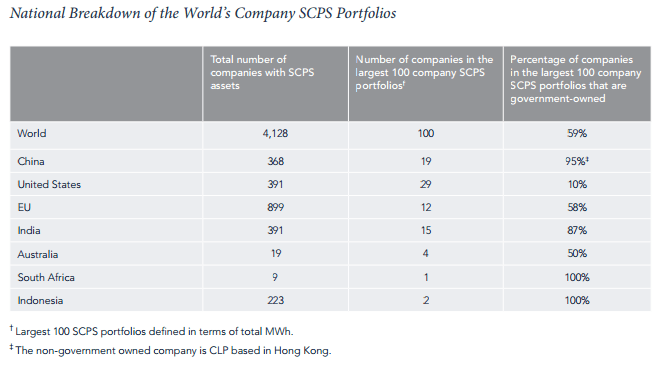As the world grapples with the pursuit of clean energy, the global dependence on coal is under increasing scrutiny.
Thanks to subsidies, coal remains the cheapest energy source in many cases. It provides 40% of the world’s electricity, with 1,627 GW of global capacity, and its use continues to grow. Adverse impacts of this use grow in tandem – greenhouse gas (GHG) emissions, rising air pollution and impact on human health.
A recent study by the Stranded Assets Programme at the University of Oxford’s Smith School of Enterprise and the Environment has found that around the world, the maximum pollution occurs from the least efficient and most polluting ‘subcritical’ coal-fired power stations, which are 77% of all coal-fired power stations.
These plants need more fuel and water to generate the same amount of power. In effect, a subcritical plant generates 75% more carbon pollution as the most up-to-date type of coal-fired power station. It also uses 67% more water, and releases significant amounts of other dangerous air pollutants such as sulphur dioxide and oxides of nitrogen.
The study also shows which companies own these assets and ranks companies by exposure. The authors analysed the world’s 100 largest corporate subcritical power station (SCPS) fleets by total generation capacity. Globally, Chinese and US enterprises dominate in terms of size, with seven out of the ten largest SCPS fleets being Chinese, and eight of the top 20 in the US.
India should worry
Although Indian policymakers have been approving only supercritical and ultra-supercritical plants in recent years, right now almost all of India’s 100 gigawatts of coal-fired power generation capacity consist of subcritical plants.
On top of that, nearly one-third of these plants are in water-scarce areas, and the percentage is likely to go up.
Recent studies have shown that in a 100 km radius around most of these plants in India, micro-fine dust and soot (technically called PM 2.5, as they are below 2.5 microns in diameter) concentrations are well above the limit prescribed by the World Health Organisation. These micro-fine particles lodge deep inside human lungs and cause serious respiratory ailments.
Large government ownership
Governments have to take the lead in handling the situation. The authors of the study found that of the largest 100 subcritical portfolios, governments own 59%. They also found that 39% of total global subcritical capacity is located in China, 21% in the US, 10% in the EU, and 9% in India.
As the world moves towards cleaner power generation, these plants are at maximum risk of becoming “stranded assets” due to their carbon intensity and contribution to local air pollution and water stress, the authors of the study conclude.
Ben Caldecott, lead author of the study and director of the Stranded Assets Programme, said, “There is a strong case for investors to evaluate the risk of companies exposed to the least efficient coal plants, as these assets are at the greatest risk of becoming stranded due to a wide range of environmental and social factors.’’
Aarti Khosla has been following the climate debate last seven years. She is currently handling strategic communications in India for the European Climate Foundation. She can be contacted at [email protected].


